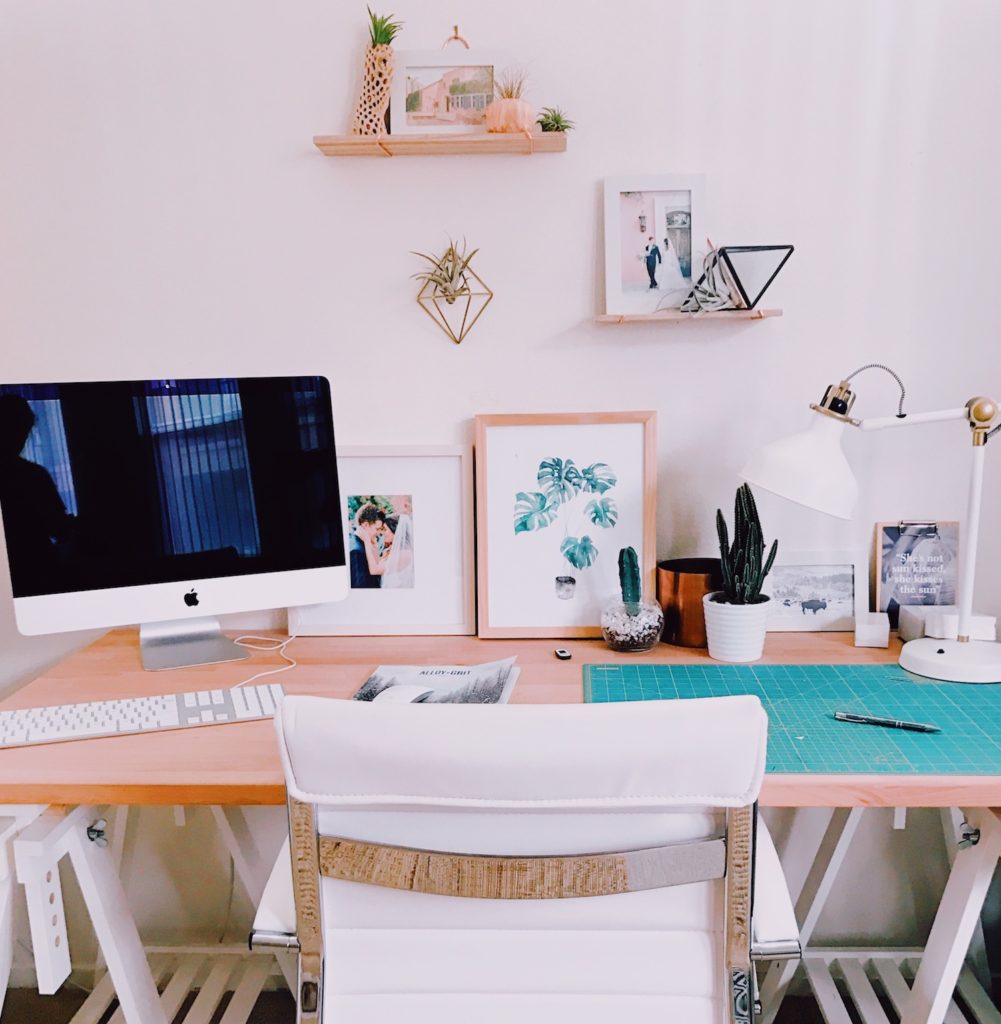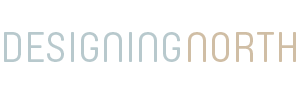Working remotely; you either love it, hate it, or have no idea what to think since it’s not an option at the moment. If you fall into the latter, be patient — your time is coming. At least that’s what the data tells us.
Did you know that 43% of today’s workforce spends at least some time working remotely, according to Buffer’s latest report on remote work? If you are eager to partake in this autonomous lifestyle, rest assured it will be commonplace in the near future.
A virtual studio with a design and development team spread across the globe, we’ve learned the ins and outs of what it takes to succeed as a remote workers. In fact, we see this shift to virtual teams as a part of elevating the human experience, a component of living well Monday through Sunday, not just on Friday and Saturday. But to be honest, the majority of this experience rests on the company culture itself. Remote isn’t a destination, it’s a mindset.
Remote teams function best within a company culture that embraces communication, collaboration, and of course, distance learning. Additionally, no matter which group you identify with (love it, hate it, maybe in the future), there’s one incredibly important detail to consider when working remotely, one that we see overlooked time and time again.
That is, you are a product of your environment. Which why we encourage you to take a cold, hard look at your workspace (current or future) and design it to be your ideal working environment. Even better, craft it to be a space that delights your senses and invites feelings of joy throughout the day. Because it’s the small details that have a big impact on day-to-day happiness as a remote worker.
Whether you are a designer, writer, social media strategist, marketing consultant, etc., becoming a productive remote worker is dependent on feeling good in the moment, and accomplishing this begins with controlling your environment. As a remote team that has successfully navigated challenges associated with telecommuting and freelancing (feeling of isolation, lack of communication, disengagement, etc.), we believe one universal factor of remote work deserves extra attention.
It’s called joy. To find it, optimize your physical environment and stimulate mental cognition. With personal examples to share, let’s walk through how you can increase your happiness as a remote worker by paying special attention to your environment and feelings of joy.
Take Control of Your Space
While discussing the concept of “finding your flow,” Managing Director Lisa Peacock touched on the importance of having control within the working environment. Specifically, she shared,
“I need to first get control of my environment, this means that everything around me is visually pleasing — which brings about a calming effect (that includes noise and movement as well) to create an internal organization of thought. Feeling the calm allows me to jump into the storm of flow where my immersion in whatever I’m doing goes unnoticed until I’m done with my work.”
As it relates to psychology, flow is a state of mind where our actions and cognitive thoughts progress with seamless transition, providing incredible satisfaction and enjoyment in what we are doing. And according to psychologist Mihaly Csikszentmihalyi, ‘flow is a finely tuned sense of rhythm, involvement, and anticipation.’ The importance of flow and its contribution to success as a remote employee can’t be overstated. And it directly correlates the designed environment to having control over personal choices.
To gain control, identify your ideal setting — where do you work best? What do you need around you to feel at ease? (For us, the ideal setting means pets close by, or a window setting that allows for ‘California Dreamin’: plenty of natural light, a view of the outdoors, and visually pleasing elements that balance the physical space with color and shape.)
To accomplish this equilibrium, start by designing a space that reflects youand empowers yourchoices. As your vision unfolds, think like a UI designer — fixate on the look and feel of your workspace. If possible, start with a blank slate; remove clutter or clear out a room completely. Next, choose wall colors (if you don’t know where to begin, start with white — you can introduce color with objects and art). From there, choose objects, mixing color with texture and even smell. Try being creative with a wall gallery and add small plants throughout the room and on the desk. Finally, add your technology tools and ensure you have space to move and remain organized. These small details culminate into a “healthy” environment, one where the nutrients take the form of color, shape, smell and sensation.
In her book Joyful: The Surprising Power of Ordinary Things to Create Extraordinary Happiness, Ingrid Fetell Lee talks about creating a space “where you can never be real sad or angry.” She further explains, “…designers were making me realize the kind of abundance that really matters, not material accumulation but sensorial richness.” Applying this mindset to your remote environment, the ideal aesthetic can be created by layering color, texture, and pattern, and you don’t need much stuff to achieve this.
Pioneering the ‘100% distributed culture,’ the Dribbble communityoften shares their experiences working as remote freelancers across the globe. In a recent blog post, a multidisciplinary designer described his connection with the “chosen” environment versus one that’s forced:
“Comparing my office space with the spaces I use working at home, I noticed that I’m way more productive when I can choose my workspace. Hopefully, in the future, more and more companies in Germany will realize that remote workspaces are a good thing.”
Get Organized, Stay Organized
Remember, creating success in the remote environment means paying special attention to the small details, embracing those moments of elation and flow that lead to joy. Fortunately, there are well known “tricks” for you to keep in your back pocket. One in particular entails organizing your space, even increasing its functionality whenever possible. Whether it’s daily, weekly or monthly, get in the habit of rearranging items in your office, adjusting seating arrangements, location of the computer or your orientation towards the window. Add organizers to the desk; swap plants and restore the “white space” surrounding your tools. For example, here’s a look at a single workspace rearranged to accommodate additional accessories, while creating more functional space and, you guessed it, organization.

As Buffer’s 2018 work report concluded, the vast majority of people working remotely do so from their home office (78%), not coworking spaces and cafes. So although social media portrays a remote workforce dominated by the “WeWork empire,” people are actually finding the most success at home. And personal organization is a contributing factor.
Of course, staying organized pertains to more than the desk and project folders. You — the remote employee — are just as much a part of the workspace as your computer and must clear your mind to be productive. However possible, do this daily — make it routine. Advice given by author and subject matter expert Brianna Wiest, ‘begin and end the day by taking notes; put your thoughts (and feelings) on paper and review your emotions’ — and how they impacted the day. This builds awareness and trains you to “go positive” during your most productive hours, creating an environment conducive to good work and good vibes.
Getting (and staying) organized calls for a commitment to oneself, accepting the ups and downs and knowing when to work — or when to take a break. So, along with the to-do list, outline your day as often as possible and pay special attention to your needs (i.e., breaks, outside communication, focus, inspiration, and finding flow). Ideally, getting organized will facilitate a sustainable workflow that aids in long-term happiness and satisfaction with work. Additionally, staying organized and in control of feelings and emotions is the key to crossing current goals off the list while preparing for what lies ahead.
Stay Active and Over-Communicate
Office chat… it’s often taken for granted by office-bound employees. But finding joy as a remote employee is partially dependent on talking with team members, often. Cats are great and all but they simply can’t provide healthy dialogue throughout the day. (Yes, we’ve seen the Facebook videos and were just as impressed as you. Still, you need more than moew-speak.)
A point well-articulated by the Ladders blog, successful remote workers establish an active morning, afternoon and evening routine, rich in team communication. This includes regular phone and video calls, even for the sake of clarity on a task. Additionally, get comfortable ending project calls with brief conversations about last night’s game or that ridiculously emotional episode of “This is Us.” Don’t worry, you aren’t losing focus for doing so; you are connecting with coworkers the same way an office employee would. We’ve already become avatars thanks to our new iphones. For the sake of joy, let’s preserve human-to-human conversations while working in the remote environment. ‘You’re going to be smiling and laughing less at work as a result of being alone, and spending less time around your coworkers. Do something to make yourself laugh.’
“You communicate too much,” said no remote team member ever. Strict meeting policy or not, consistent communication is a gift among those without a central office. It’s value is realized beyond the boundaries of team performance or project success. On a deeper level, communicating daily replicates the quality interaction employees require to remain engaged and productive. In fact, by establishing a schedule of one-on-one calls, team video chats, and project-performance round-table meetings, remote workers can derive more joy and feel better about their position.
Increased productivity and focus are a byproduct of consistent communication. Words shared by the studio’s Executive Director, “It’s about sharing good content when found, being inclusive, highlighting people’s accomplishments, encouraging them to share with each other, be funny, be accessible, let go where you can, and assist where you see struggle.” It may require more work, but communicating effectively leads to feeling more joy in the remote setting.
American author Chuck Palahniuk said it best, “Find joy in everything you choose to do. Every job, relationship, home… it’s your responsibility to love it, or change it.” When you filter out the many surface-level reasons people choose remote work (all valid), this decision almost always boils down to a search for happiness and joy. Fortunately, accepting the responsibilities associated with remote work grants you control over the physical working environment, and therefore the joy it provides. A design studio with creatives located across the country, Designing North Studios believes a positive space influences good work. So, if it’s joy you are looking for (along with cool team members and engaging projects) we think you should check us out.



Comments ( 0 )